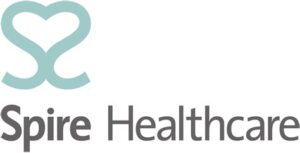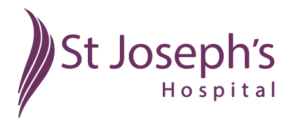Patient Information
Elbow Arthroscopy
What is elbow arthroscopy?
Elbow arthroscopy or keyhole surgery of the elbow involves the insertion of a small camera
and instruments into the elbow joint through a number of small incisions (<1cm) around the
joint. The elbow is distended with fluid to allow the surgeon to visualise the inside of the joint
and treat a variety of different conditions.
What conditions can it be used for?
Elbow arthroscopy can be used to treat a number of different conditions including
osteoarthritis and rheumatoid arthritis. It can be used to remove loose fragments from the
elbow or remove inflamed joint lining (synovitis) and can increase the range of movement of
a stiff elbow joint. Cartilage damage to the joint surfaces (Osteochondritis dessicans) can
also be repaired or removed.
What are the risks?
The main risks of elbow arthroscopy include damage to nerves and blood vessels. This can
be reduced by careful placement of the incisions. Nerve injury is reported in approximately
4% of cases but usually resolves within the first 6 months after surgery. There is a small risk
of infection, wound leakage (6%) and stiffness following surgery.
What are the results of surgery?
When used to try and increase the range of movement of a stiff elbow studies have shown
that 90% of patients can get an increase in their range of movement. Results are best where
the reduction in range has not been longstanding. When used to treat arthritis good or
excellent results are obtained in around 85% of cases.
What needs to be done prior to surgery?
The decision to have surgery should only be made after thorough discussion with your
surgeon. You should be satisfied that you have all the information you require in order to
make an informed decision and that you are aware of both the potential risks and benefits of
the planned procedure. It is important that you fully disclose any health problems you may
have had. Some may interfere with surgery, anaesthesia or aftercare. You should inform
your surgeon and anaesthetist of previous allergies or reactions to antibiotics, anaesthetics
or other medicines and in particular of any problems with prolonged bleeding or excessive
bruising. Anti-inflammatories or other drugs, which increase bleeding, may need to be
stopped prior to surgery. You should stop smoking at least two weeks before surgery as
smoking increases the risks of surgery and impairs healing.
If you decide to have surgery, your surgeon will ask you to sign a consent form. Read it
carefully and raise any questions. It may be necessary for additional procedures to be
performed at the time of surgery if the arthroscopic findings vary from the imaging studies.
As you may need help with you daily activities after the operation you should make the
necessary arrangements prior to surgery.
What happens after the surgery?
Local anaesthetic is usually injected into the elbow and the wounds are closed using
absorbable stitches. Your treating surgeon will normally review you on the ward following
surgery and describe the procedure performed and any additional procedures that were
required. A physiotherapist will also see you in order to introduce you to the rehabilitation
program. It is vital that you work hard on your rehabilitation in conjunction with your
physiotherapist in order to optimise the outcome of your surgery.
We hope that the above summarises your key questions regarding your forthcoming
procedure.
Please do not hesitate to contact your treating surgeon should you have any further
questions or concerns.




